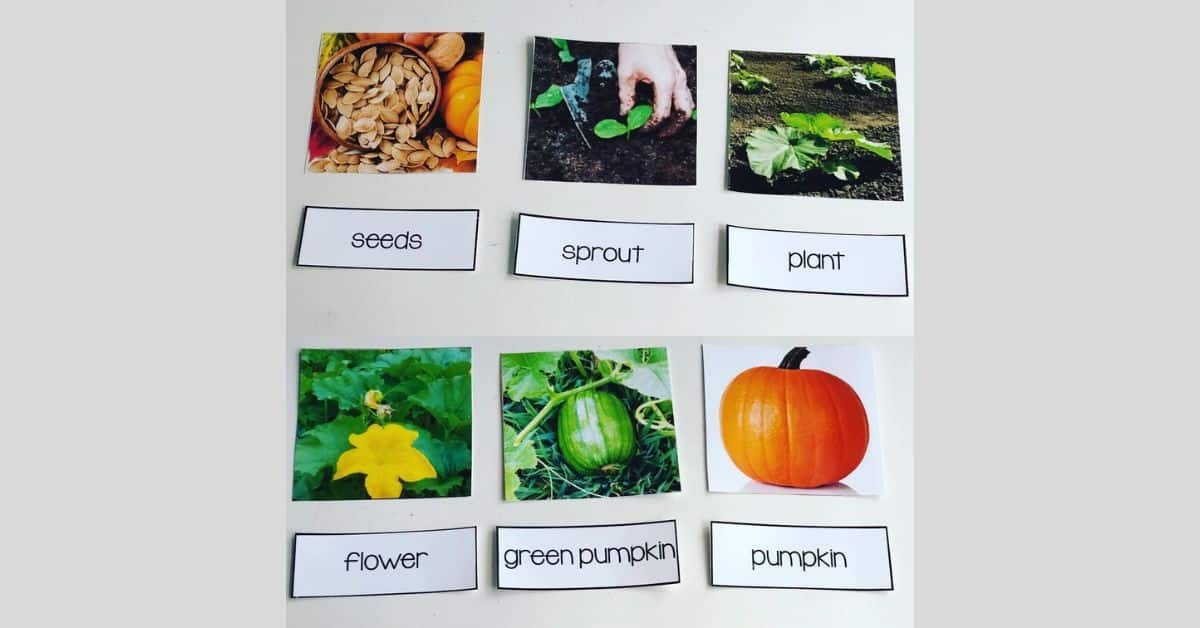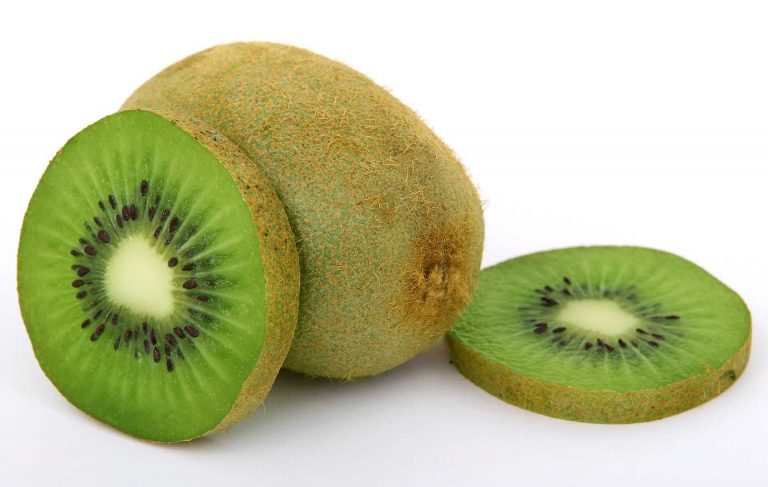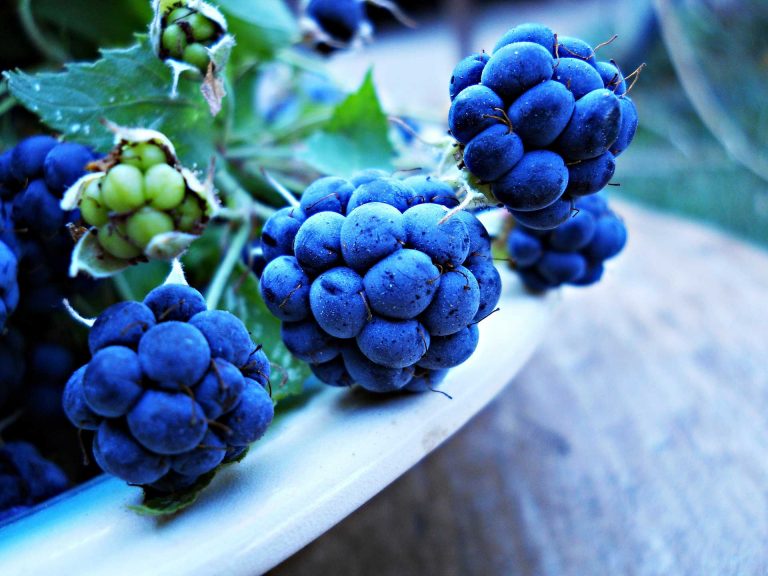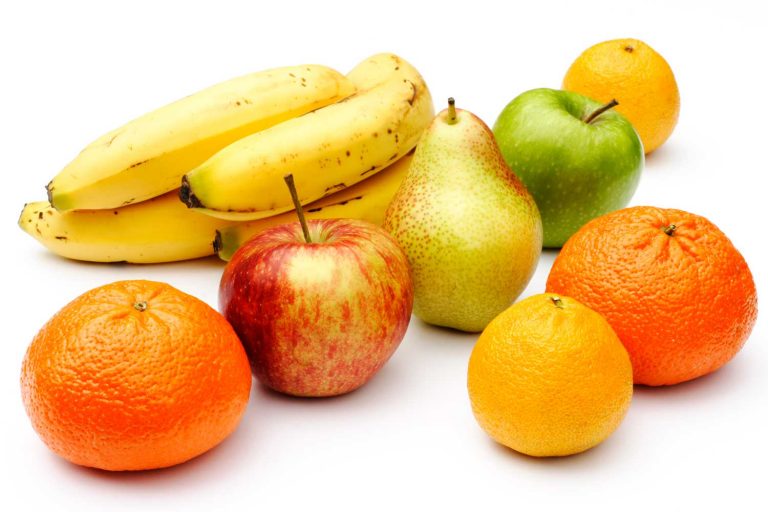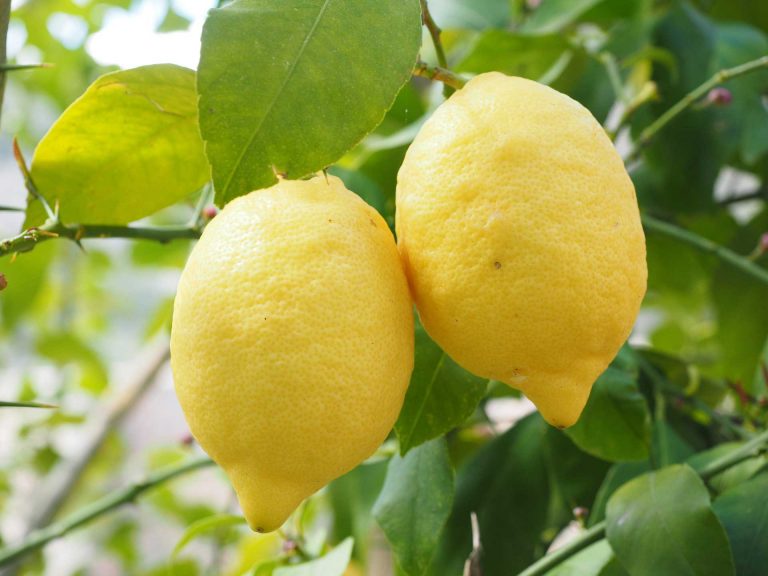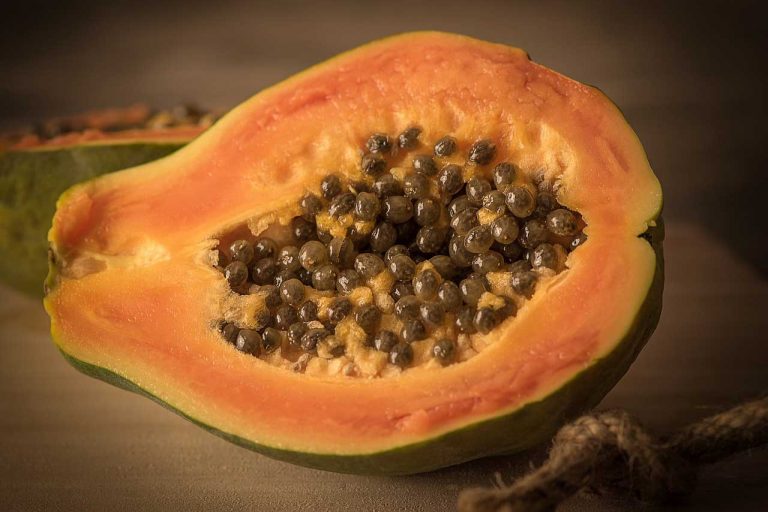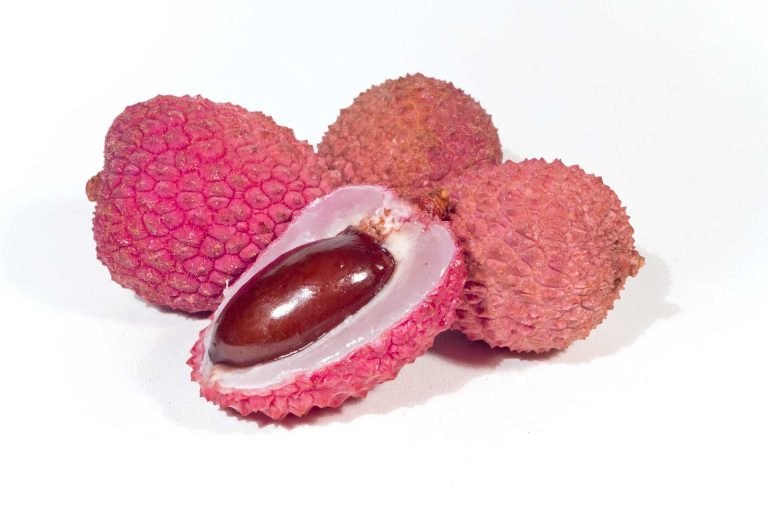Pumpkin Life Cycle – Journey From Seed to Bright Orange Fruit
The well-known pumpkin is among the most intriguing yard vegetation to observe. The pumpkin life cycle is marked by clear transitions between each stage: the tiny sprout poking out of the earth, the long tendrils expanding quickly, the stunning yellow flowers opening, and the tiny green orbs changing into sizable orange globes.
You can get an exciting glimpse into the changes and processes taking place inside the plant by understanding the development phases in a pumpkin life cycle.
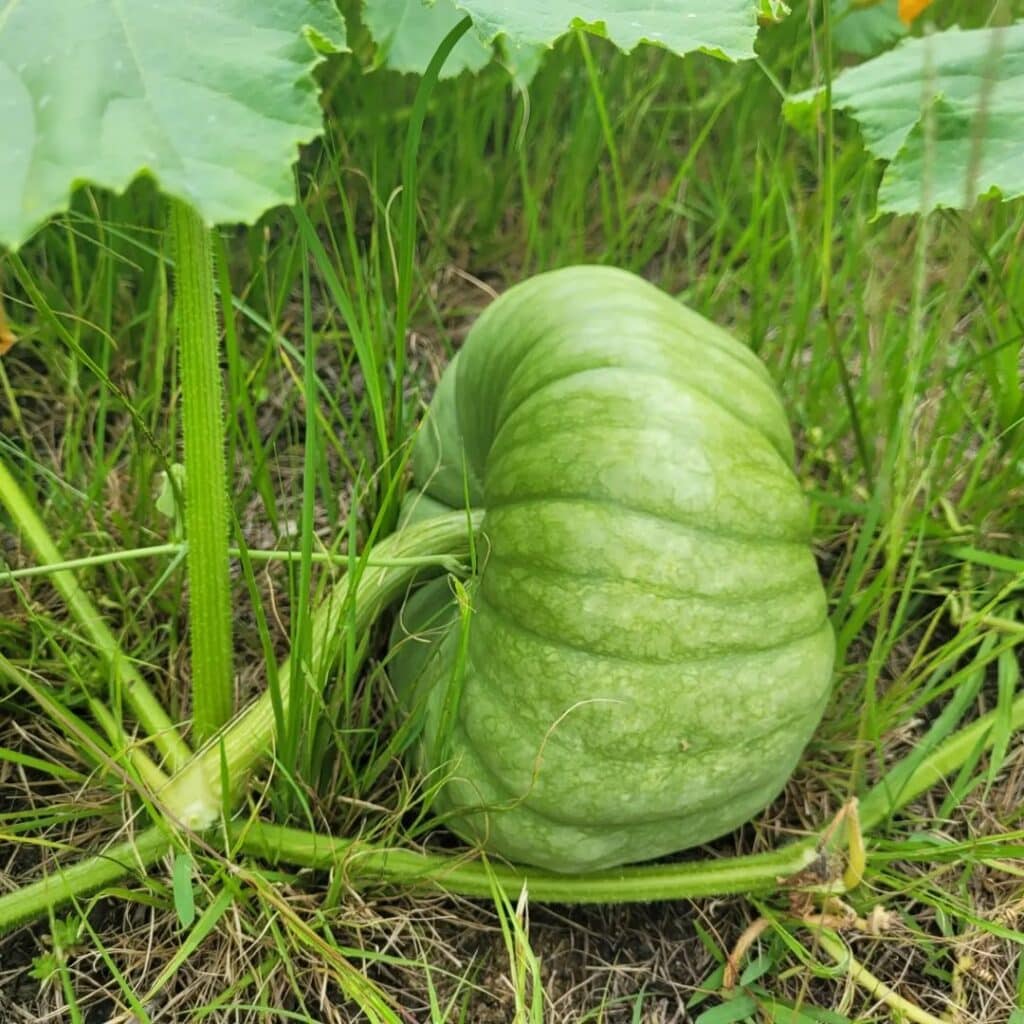
Stages of Pumpkin Life Cycle
The typical growing season for pumpkins is between 75 and 100 days. The shorter end of this spectrum is represented by small decorative types, while maturation times for big types can reach 120 days. Since they go through the following different development phases to finish their entire pumpkin life cycle in one year, they are categorized as annual plants.
Seed Planting
After the risk of frost has passed in late spring and the soil temperature is above 70 °F, seeds should be immediately sown into the yard soil for the best results. It is recommended that the seeds be directly planted in late May in the northern states.
After planting, it is recommended to keep the soil moist but not drenched at all times. Pumpkins have a tough seed covering that shields the developing embryo and a pair of developing leaves that store food. When a seed is ingested, the moisture in the earth softens the seed coat, allowing water to penetrate and kicking off the seed’s respiration and food-reserve metabolization processes.
Germination
The main root pokes its way through the seed covering as the process of germination begins. Its function as the first root to form, also referred to as the radicle, is to extend downward and support the seedling once it emerges, securing it in the earth. It begins collecting earth moisture and minerals as soon as it emerges.
Whether one started seeds indoors or sowed them immediately in the soil, one can anticipate germination to begin about ten days after sowing.
The two embryonic leaves within the seed break through the seed covering as the radicle takes up water and nutrition. Pumpkin seeds typically take 8 to 10 days to germinate, but if the earth is chilly, it could take longer. The seed shell is still connected to the leaf tips as the seedling rises from the earth. Oval-shaped seed leaves, also called cotyledons, are the first two leaves to emerge. These cotyledons, also known as pseudo-leaves, grow naturally upward as they travel through the ground in search of light. The emphasis shifts to the growth of real leaves and respiration after the cotyledons break through the soil’s surface.
First True Leaves
The moment the seeds grow, time begins to pass. The cotyledon’s food reserves, which the plant depends on to power all of its biochemical functions, are depleting. The embryo must rapidly develop leaves so that it can begin photosynthesis. The first real leaves begin to emerge from the center of the plant, in between the budding leaves, about a week later.
These “true” leaves have ragged ends and are a dark green color. They can take in the sunshine to begin photosynthesis, which allows the plant to begin making its own sustenance. The cotyledons may wilt and drop off at this point.
The plant grows much more quickly now that it has real leaves and can photosynthesize. Together, phytohormones, or plant growth hormones, quickly transform the freshly formed, undifferentiated cells of the embryo into new leaves, including the third true leaf. As new leaves emerge, photosynthesis increases, accelerating plant development.
Formation Of Root System
Once the plants can photosynthesize, they generate the energy needed to power the plant’s other processes. At this phase, their leaves are developing quickly and are ready to move on to the different stages of the pumpkin life cycle. Now the focus is on strengthening the root structure. Instead of developing a taproot, pumpkin plants instead create a fibrous network of smaller roots in the top 12 inches of the earth to collect water and minerals.
Vines And Flowers
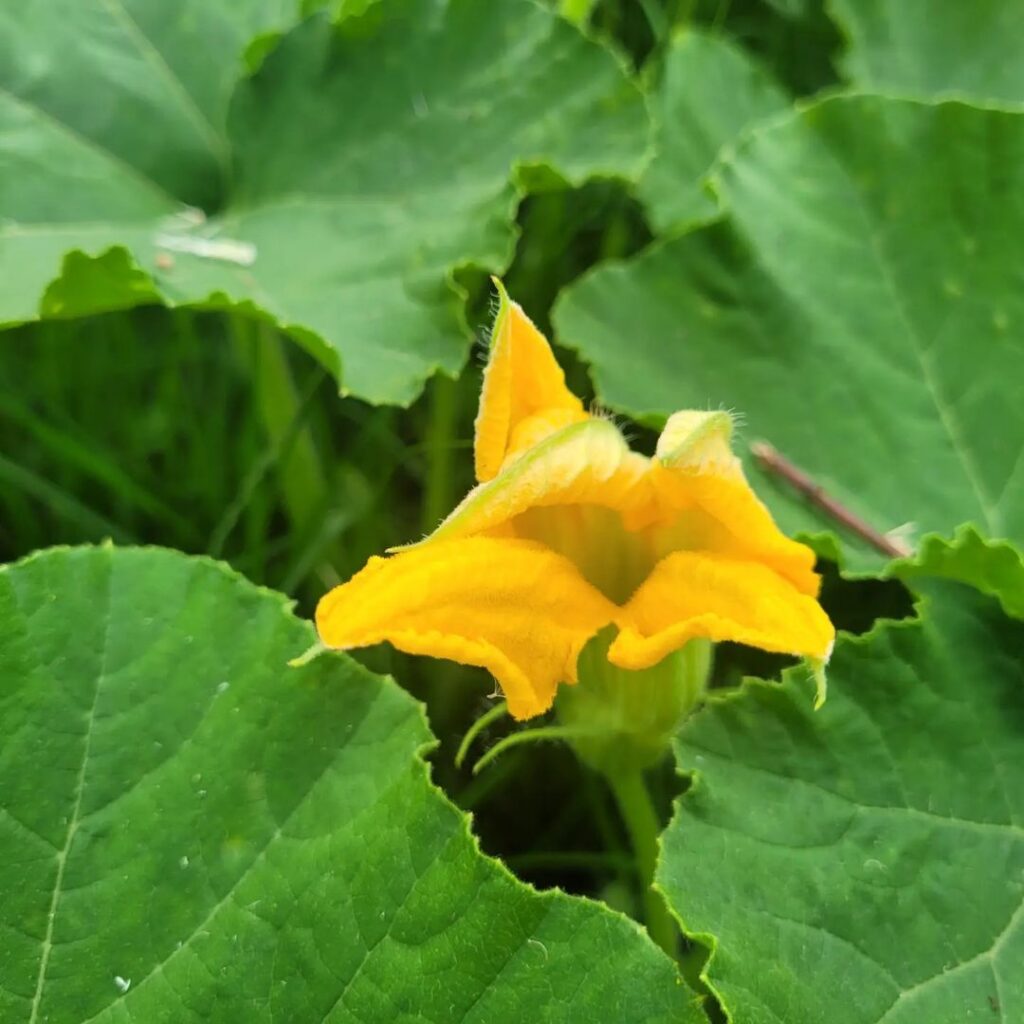
At this stage of the pumpkin life cycle, the plant concentrates on growing vines outward. The vegetative phase of plant development is the eight weeks of growth between fertilization and blooming.
The plant concentrates on growing longer vines, developing new leaves, and storing nutrients for use during blooming during this period of growth. If given enough light and water, pumpkin vines can spread out from the plant’s roots and develop up to 6 inches daily. Depending on the type, the plant can grow to a length of 10 to 20 feet.
Ten weeks after sowing, the male, golden flowers begin to bloom on the plants. Because they generate both male and female blooms on the same vine, pumpkins are monoecious. Female flowers start to appear after about eight male blooms have formed. Female flowers have a small bulge, or ovary, at the base that may turn into a berry, while male flowers have long, slender stalks.
Flower Pollination
Both male and female blossoms open in the morning for about four hours before closing forever. They depend on pollinators and other insects to move sticky pollen grains from the male blossoms to the female flowers when they are exposed. If reproduction takes place, fruit formation starts right away. Ovaries that have not been impregnated at this stage of the pumpkin life cycle shrivel and die on the plant.
Fruit Formation
The fruit continues to be green and develops quickly over the next 45 to 55 days following pollination. The cultivar produced and regional growing circumstances affect how long it takes to reach the maturity stage of the pumpkin life cycle. Numerous crops can grow on a thriving vine. It is recommended to allow 3 or 4 fruits to mature before removing any additional ones as they start to grow to stimulate the vine to produce big fruits.
A gaseous plant hormone called ethylene, which is present in the cells of the pumpkins when they reach their maximum mature size and cease expanding causes the fruit’s pigment to change, which starts the process of ripening. When the rinds are mature and ready for harvest, they gradually change from their dark green color to brilliant hues of orange.
The pumpkin begins to take on its distinctive form during the ripening stage. The stalk will start to take shape at this point. The pumpkin takes up water and nutrients from the earth when the stalk expands. The gourd begins to enlarge after the stalk enlarges. The gourd keeps growing until it develops skin. Those shells prevent animals from eating the pumpkins.
The End Of Pumpkin Life Cycle
The plant reaches the last growth stage of the pumpkin life cycle as the fruit’s ripening comes to an end. This is the time when the fruits are prepared for extraction. There is nothing left for the vine to accomplish now that seeds have developed inside the individual melons. The senescence-related genes are activated by phytohormones in the plants, which results in the death of the vine and its leaves.
How to Care For Pumpkin
For the correct development of the pumpkin life cycle, proper care is essential. As pumpkins develop, maintenance and proper care are crucial. Once per week, those plants require a good soak. In humid locations, the watering frequency has to be increased approximately twice a week. To lower the danger of fungus, always water the earth rather than the foliage.
Trailing stalks of pumpkins that are cultivated as climbers are essential to the support posts as they develop. When the plants begin to bear fruit, they need fertilizer that is rich in potassium once every two weeks. To keep pumpkins off the soggy ground and guard against slugs and decay, a piece of slate can be slid under each set. The average pumpkin shrub will yield two to three fruits, though smaller types may yield more.
Harvesting Pumpkin Fruit
At the maturity stage of the pumpkin life cycle, the fruit is typically harvested. Pumpkins are ready to harvest once they have turned orange and the skin has hardened enough that a fingernail cannot penetrate it. Mature pumpkins can be left untouched in the yard until the frost kills the vines because they can withstand one or two mild frosts.
It is recommended to cut a long stalk for the pumpkins before harvesting them and lift them up by their bodies rather than the stem to prevent breaking them off. A gourd will last longer if the stalk is left on.
Pumpkins will also last longer if allowed to cure for 5 to 7 days outdoors after picking or for 7 to 10 days indoors in a mild area. This will further harden the skin. It is recommended to store them in a cool, dry location until they are carved.
Bottom Line
The pumpkin life cycle starts as a seed, and then it grows into a tiny pumpkin plant after the seed germination process. The gourd starts to bloom after eight weeks, and if pollination is effective, a fruit develops from the blossom. Pumpkins are cultivated for their fruits, seeds, and leaves and can be raised in most regions of the world. The phases of pumpkin development and what to anticipate at each level of the pumpkin life cycle were covered in this article above.

Nato is a content writer and researcher with a background in psychology who’s eager to explore the wonders of nature. As a travel enthusiast and animal lover, she hopes to inspire others to discover and cherish the beauty and importance of the natural world.

